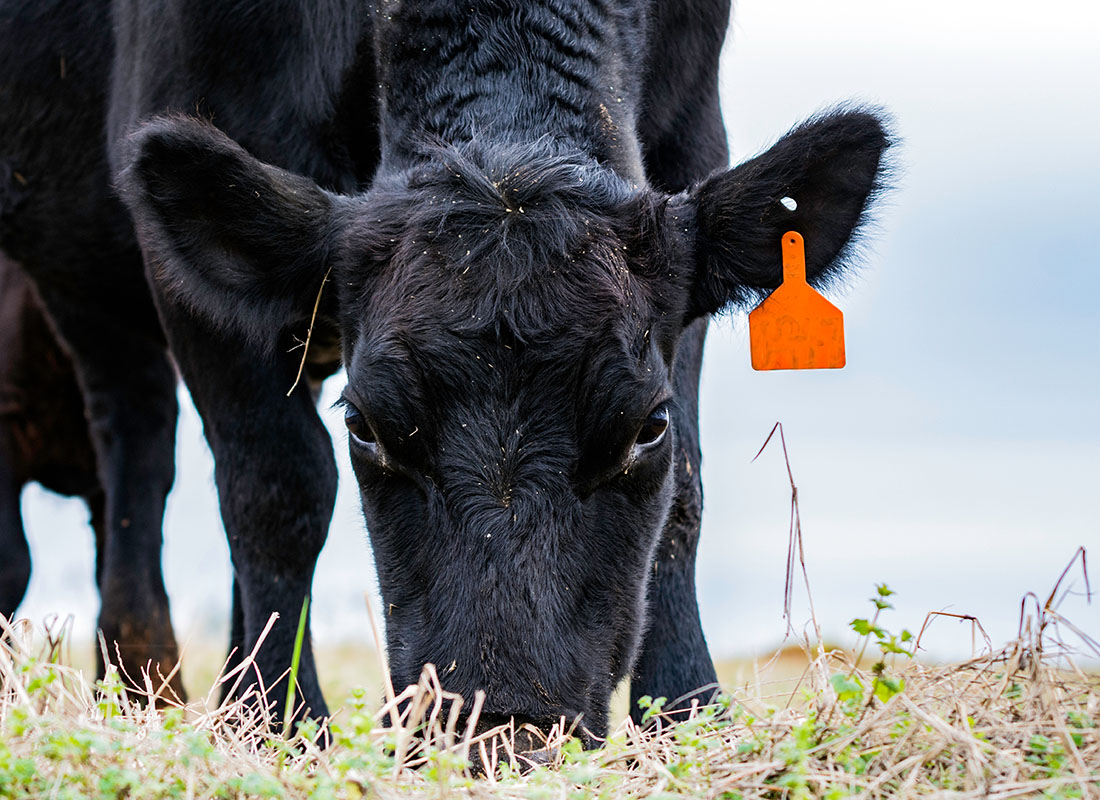Bagley Risk Management Solutions: Your Shield Against Uncertainty
Recognizing Livestock Risk Security (LRP) Insurance Coverage: A Comprehensive Overview
Navigating the realm of animals danger protection (LRP) insurance coverage can be a complicated endeavor for several in the agricultural field. This kind of insurance coverage supplies a safety and security internet against market changes and unpredicted situations that might affect animals producers. By comprehending the complexities of LRP insurance, producers can make enlightened decisions that may safeguard their operations from economic dangers. From how LRP insurance coverage works to the various insurance coverage options available, there is much to reveal in this comprehensive guide that could potentially form the means livestock producers approach danger administration in their services.

How LRP Insurance Coverage Works
Sometimes, understanding the mechanics of Animals Danger Security (LRP) insurance coverage can be complex, but damaging down exactly how it works can supply quality for ranchers and farmers. LRP insurance is a threat administration tool made to shield livestock manufacturers versus unexpected rate declines. The plan enables manufacturers to set an insurance coverage level based upon their certain requirements, choosing the number of head, weight array, and protection price. When the plan is in place, if market value drop below the insurance coverage rate, manufacturers can sue for the difference. It is very important to keep in mind that LRP insurance is not a revenue assurance; rather, it concentrates entirely on rate risk defense. The protection duration usually varies from 13 to 52 weeks, offering adaptability for manufacturers to choose a period that straightens with their production cycle. By making use of LRP insurance, farmers and herdsmans can reduce the economic risks connected with varying market prices, making sure better stability in their operations.
Eligibility and Protection Options

When it comes to insurance coverage options, LRP insurance policy supplies manufacturers the versatility to pick the insurance coverage level, insurance coverage period, and endorsements that ideal suit their risk management demands. By comprehending the qualification standards and insurance coverage alternatives offered, livestock manufacturers can make enlightened choices to take care of threat efficiently.
Pros and Disadvantages of LRP Insurance
When reviewing Livestock Threat Protection (LRP) insurance policy, it is important for animals manufacturers to consider the disadvantages and benefits integral in this risk management tool.

One of the main benefits of LRP insurance policy is its capability to offer security against a decrease in animals costs. This can help protect producers from economic losses arising from market changes. In addition, LRP insurance coverage offers a degree of adaptability, enabling manufacturers to personalize coverage levels and policy periods to suit their specific demands. By locking in an assured price for their livestock, producers can much better take care of risk and prepare for the future.
Nonetheless, there are also some disadvantages to take into consideration. One constraint of LRP insurance policy is that it does not protect against all kinds of risks, such as disease outbreaks or natural catastrophes. Additionally, premiums can sometimes be expensive, particularly for manufacturers with huge livestock herds. It is critical for producers to very carefully evaluate their individual threat exposure and financial situation to figure out if LRP insurance policy is the best risk management device for their operation.
Understanding LRP Insurance Premiums

Tips for Taking Full Advantage Of LRP Benefits
Making best use of the benefits of Animals Threat Security (LRP) insurance needs critical preparation and proactive danger monitoring - Bagley Risk Management. To take advantage of your LRP protection, take into consideration the following suggestions:
Regularly Examine Market Problems: Stay informed regarding market fads and price fluctuations in the livestock sector. By keeping track of these elements, you can make educated choices regarding when to acquire LRP coverage to shield against possible losses.
Establish Realistic Insurance Coverage Degrees: When picking insurance coverage levels, consider your manufacturing prices, market worth of animals, and possible risks - Bagley Risk Management. Establishing practical coverage levels makes sure that you are properly secured without overpaying for unnecessary insurance coverage
Diversify Your Protection: Instead of relying exclusively on LRP insurance policy, take into consideration expanding your threat management techniques. Combining LRP with various other danger monitoring tools such as futures contracts or alternatives can give comprehensive insurance coverage against market uncertainties.
Evaluation and Change Coverage Frequently: As market problems change, periodically assess your LRP insurance coverage to guarantee it aligns with your existing danger direct exposure. Readjusting protection levels and timing of acquisitions can aid enhance your risk protection technique. By complying with these ideas, you can YOURURL.com make best use of the advantages of LRP insurance coverage and safeguard your livestock operation versus unexpected dangers.
Conclusion
To conclude, livestock threat protection (LRP) insurance policy is a useful device for farmers to take care of the financial dangers related to their animals operations. By recognizing how LRP works, eligibility and protection alternatives, in addition to the pros and cons of this insurance policy, farmers can make informed choices to shield their incomes. By thoroughly considering LRP costs and applying strategies to take full advantage of advantages, farmers can minimize potential losses and guarantee the sustainability of their procedures.
Animals producers interested in acquiring Animals Threat Protection (LRP) insurance can discover a variety of eligibility criteria and insurance coverage options customized to their details livestock procedures.When it comes to protection alternatives, LRP insurance try this coverage uses manufacturers the flexibility to select the protection level, protection duration, and endorsements that best suit their risk management demands.To grasp the details of Livestock Threat Defense (LRP) insurance policy completely, recognizing the variables affecting LRP insurance coverage costs is important. LRP insurance policy premiums are figured out by different aspects, including the insurance coverage degree picked, the anticipated price of livestock at the end of the coverage duration, the type of livestock being insured, and the size of the protection period.Evaluation and Adjust Coverage On a regular basis: As market problems transform, occasionally assess your LRP protection to ensure it straightens with your existing threat direct exposure.